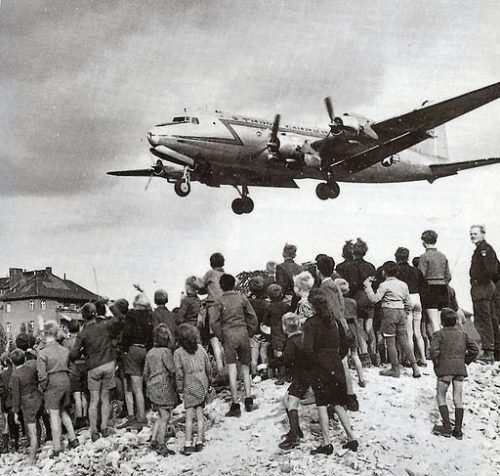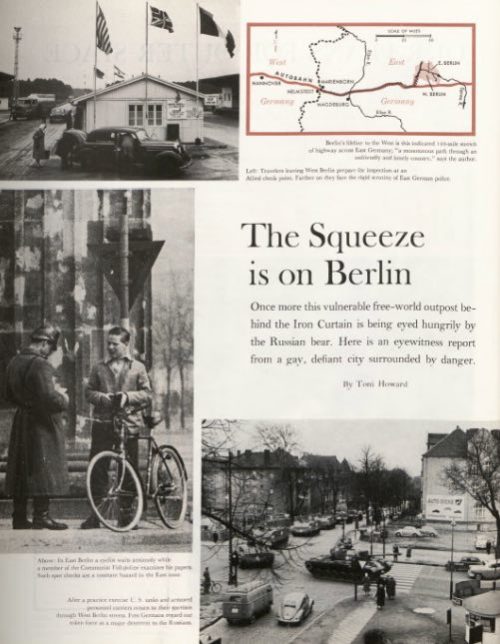The Failed Strategy Behind the Berlin Wall
In 1961, the U.S. was both surprised and not surprised when East Germany put up the wall that divided Berlin — surprised because it was such a provocative move; not surprised because it was the culmination of years of Soviet strategies to isolate democratic West Berlin.
In 1945, the western allies — Britain, France, and the U.S. — had watched with dismay as, one by one, the European nations closest to the Soviet Union fell under communist control. Then, the USSR closed the borders of each of these nations to keep their workforce from fleeing to the west.
The single exception was Berlin, nestled in the heart of East Germany. Following the defeat of Germany in World War II, the city had been divided into four sectors, each under the governance of an occupying army. For years, Berliners could cross between these sectors with little problem.
But then the Soviets began exerting pressure on the other armies to leave. If they could chase out the western allied troops, they could absorb West Berlin into Soviet-controlled East Germany without armed opposition.
In June of 1948, the Soviet Union cut off all access to the city from the west. Since West Berlin was a democratic island in the middle of communist-controlled East Germany, the Soviets were able to close access to West Berlin by road, rail, and canal. Determined not to let West Berlin fall under communist rule, the three western allies began airlifting food and supplies into the city. For more than a year, airplanes delivered as much as 8,000 tons of supplies and fuel to the city every day.

But the Soviets didn’t stop their efforts to isolate West Berlin. In 1952, East Germans, under the control of the Soviets, erected a barbed wire fence between West Berlin and surrounding lands in East Germany. By 1956, East Germany had ended virtually all travel from East to West Berlin.
By 1959, when “The Squeeze Is on Berlin” was published, East German police were detaining commuters on the subway for spot checks. Even more restrictive were the East German guards at the checkpoints between East and West Berlin.
In June of 1961, East Germany began building a 91-mile wall between East and West Berlin. By August 13, the border was closed. The Berlin Wall became a focal point for the global struggle between communism and democratic rule.
For 28 years, until its fall in 1989, it stood as a monument to rigidity, and a vain effort to prop up a bad idea with concrete blocks.

Featured image: Shutterstock